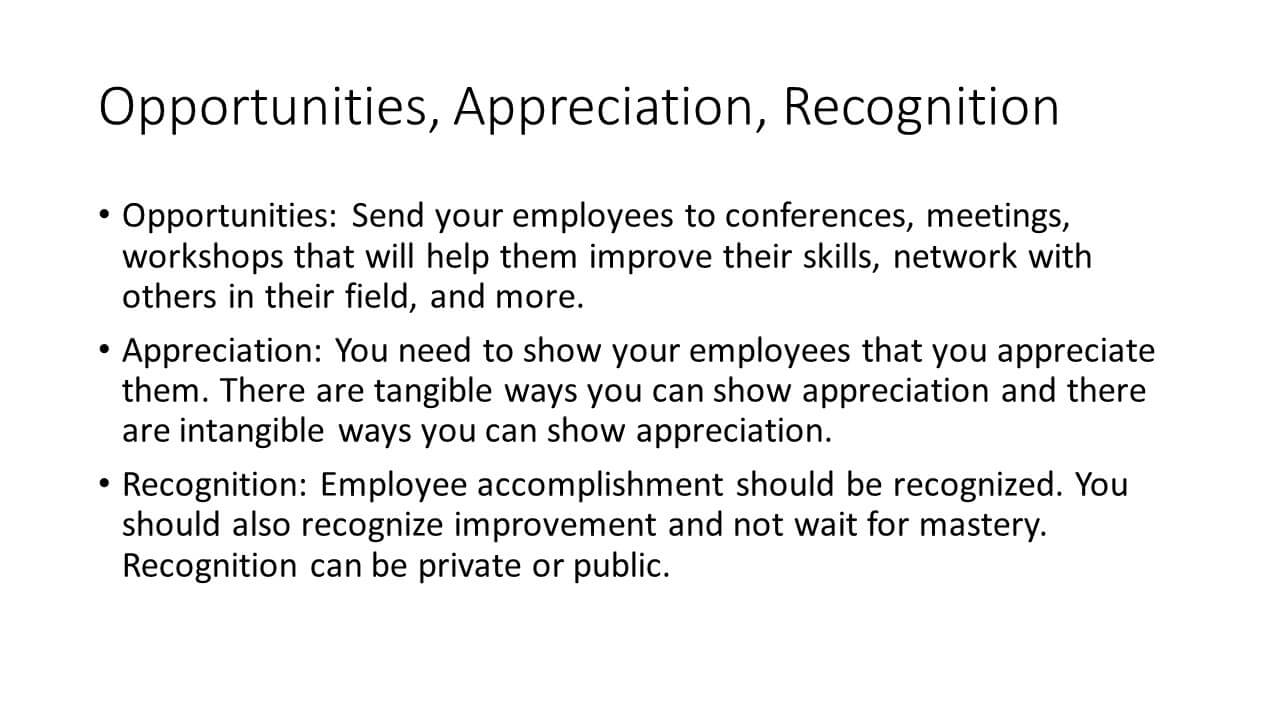The other day, I sat through a presentation by a “subject matter expert” that was so boring, I began daydreaming about standing up and screaming, “Get to the point already!” I also momentarily considered jumping up from my chair and running screaming from the room.
It was torture!
Have you ever been in a presentation that made you feel like I did? Even worse, have you ever been halfway through your own presentation and realized that you were boring yourself? Although you may be saying, “Not me,” your friends and colleagues may be too nice to tell you that your presentations are putting them to sleep. Here are some common mistakes I’ve seen really smart people make, when giving presentations.
They focus on themselves instead of the audience.
The number one mistake many speakers make is making a presentation all about them. They spend too much time telling the audience about themselves, their education, their expertise, and their experiences. What they should be doing instead is focusing on what the audience wants and needs to know. They should research the audiences’ experiences and incorporate them into their presentations. They should also be arriving to their presentations early- greeting and interacting with audience members before the presentation begins. In other words, building a relationship and rapport.
They cram in too much information for the time allowed.
There’s only so much information people can process in a specific time. There’s a reason that we’re taught in Public Speaking 101, that a presentation should contain between 2-5 main points. That’s all people are likely to remember! Write down each main point you’d like to make in ONE sentence each and organize your speech around them.
 They think their slides are the presentation.
They think their slides are the presentation.
You are the presentation, not your slides. If your audience wanted to read something, they would have bought a book and stayed home in their PJs to read it. They want to hear YOU present information. Your PowerPoint or other visuals should support your message, not be the message. A clear sign that you’re making this mistake is when you find yourself with your back to your audience for an extended period of time and you’re reading your slides for them.
T hey’re still using PowerPoint templates and bullets.
hey’re still using PowerPoint templates and bullets.
The day of the text-laden PowerPoint is over! In fact, it’s been over for awhile now. Templates and bullets are out and visual messages are in. When creating a slide, think about a billboard. Have you ever seen a billboard with 10 bullet points on it. No, you haven’t- because you couldn’t read it as your car flew by at 80 miles an hour. Billboards have big, eye-catching pictures with a small amount of text. Your slides should too!
They’re not animated when they deliver the presentation.
Ben Stein, (think Ferris Bueller’s teacher), has made a career out of being a boring, monotone presenter. However, you should not aspire to be like him when you’re presenting. You need to use your nonverbals to help you tell your story. If something is a big problem, you should look and sound like it’s a big problem. If something is new and exciting, you should look and sound excited. It’s always amazing to me that people who are normally fairly animated, turn into Ben Stein Wannabees when they cross the line from the audience to the front of the room or stage. Liven up, people! It’s not only okay, but necessary that you move, use hand gestures, and use your voice to reinforce your messages.
They think because they’re an expert, they don’t have to practice.
Wrong! All presentations require practice. The less experienced the presenter the more practice is needed. I could write a whole blog post on the reasons why you need to practice a presentation, but suffice it to say that practice is where you become comfortable with your material, work out the “bugs” in your stories, visuals, and technology, and improve your delivery skills
They think presentations are no place for “funny stuff”.
Given the choice between being educated or entertained in a presentation, most people would choose entertainment. However, most of our presentation goals are to educate. There’s no reason you can’t do both.
I recently worked with a government leader who has to give presentations each week that update other leaders on transportation projects such as road construction and repair. Not exactly an exciting topic for most people, right? However, we came up with the idea to take a “Where’s Waldo?” approach to the photos she was showing of each project. Each week she selects an employee who would already be onsite and has that employee appear in each picture, in a semi-hidden fashion. When giving her presentation, she “introduces” the employee to her audience with a slide showing his or her picture, then simply proceeds through her presentation, telling her audience that “Waldo” traveled the job sites and is providing the updated information. Even the most serious government leaders laugh when they “find Waldo” in the subsequent pictures. And for those of you naysayers, it has not become a distraction, but has actually increased audience attention and engagement in her presentations. However, always consider the topic and your audience when deciding what they’ll find funny or not.
These are certainly not all of the mistakes that can make a presentation boring, but they’re some of the biggest ones. Creating and delivering a great presentation takes time, preparation, and practice. However, starting by eliminating these mistakes will help you start turning your presentations from ones people dread to ones people look forward to with anticipation!
Amy Castro is a Performance Communication expert, speaker, and trainer. She has taught and coached hundreds of people in all aspects of presentation skills- from content development to delivery skills. If you have questions about presentation skills, or would like help improving your presentations, contact her at Amy_Castro@ictstexas.com.








Great blog, Amy! I identified my old self in several of those points. I think I
am getting better, however thanks to many of your most excellent suggestions. Thanks for the reminders!
Thank you, Bob! It is a process to make these improvements and we all need the reminders to be our “best self” when presenting.